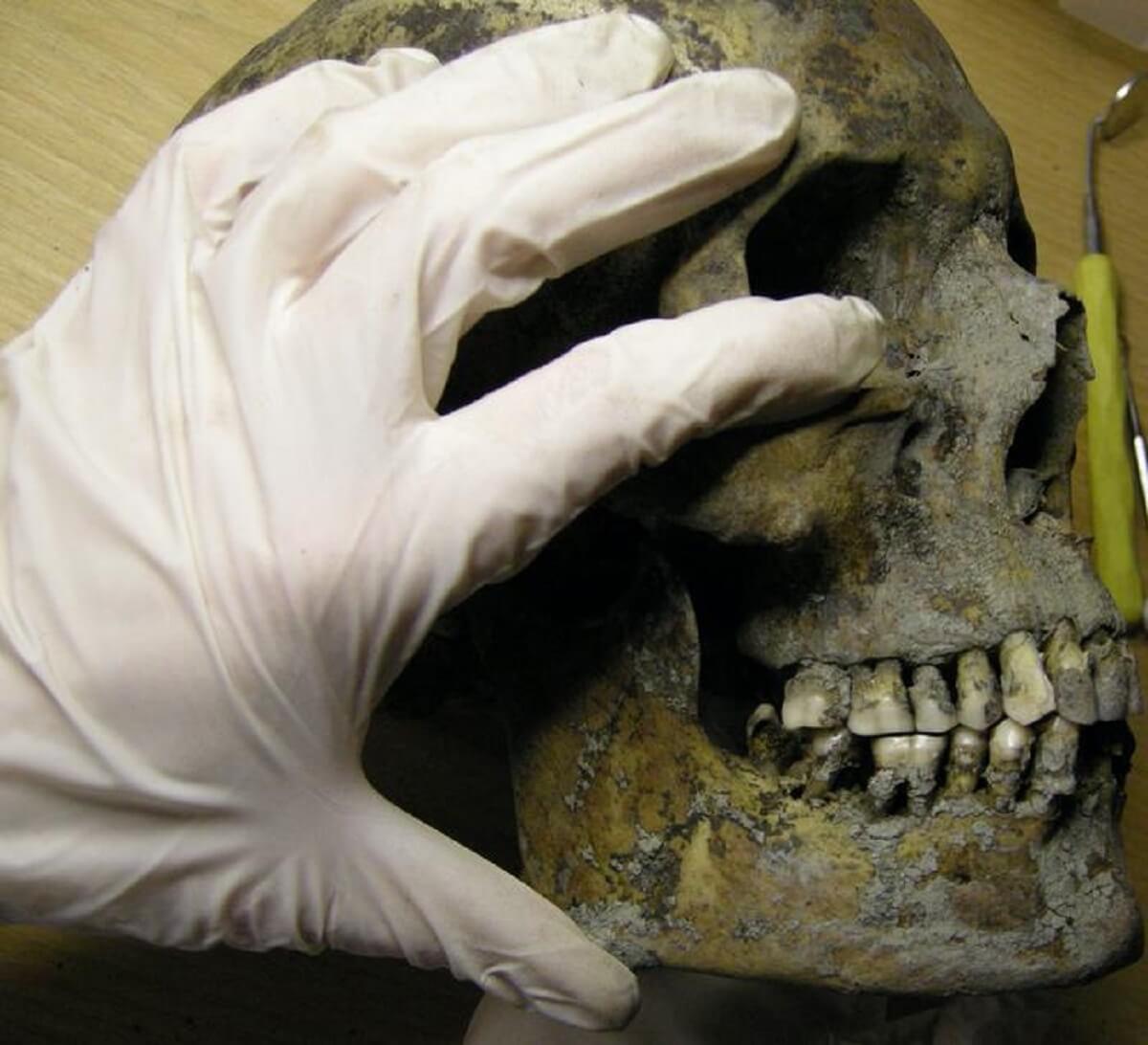GOTHENBURG, Sweden — Did Vikings solve their dental issues with their own two hands? A new study suggests that these fierce warriors experienced painful toothaches and attempted to remedy them on their own! Overall, a team in Sweden believes their data provides insights into the lives of Vikings and their early attempts at dentistry.
The analysis of human remains in Sweden revealed lesions and abrasions on teeth, indicating that these Norsemen made efforts to alleviate dental pain without the help of a surgeon.
In 2005, excavations at Varnhem, Sweden, unearthed a Christian church alongside a cemetery filled with thousands of Viking graves dating from the 10th to 12th Century AD. The research team conducted clinical and radiographic examinations of over 2,300 teeth from 171 individuals found at the site.
“Around half of the individuals suffered from dental caries. The Vikings performed both tooth filing, tooth picking, and other dental treatment, including attempts to treat dental infections,” says Dr. Carolina Bertilsson from the University of Gothenburg in a media release.

The study reveals that over 60 percent of the adult bodies examined showed signs of tooth decay, predominantly on the root surface. None of the juveniles’ remains exhibited the same dental issues.
“Other pathologies were also observed, including tooth infection and indications of teeth having been lost before death. Several individuals had caries severe enough to have caused tooth pain,” Dr. Bertilsson notes.
Additionally, the researchers discovered instances of intentional tooth abrasions, which the team believes Vikings did in an attempt to reduce toothaches.
“Some teeth also exhibited abrasions consistent with tooth picking, likely to remove bits of food,” adds Dr. Bertilsson
The incidence of dental caries (tooth decay) among the Varnhem Vikings aligns with similar findings in other European populations of the same era. The researchers, however, caution that nearly a quarter of the teeth from the Varnhem individuals appeared to have been lost either before or after death, potentially affecting the study’s results. For instance, the observed decrease in decay prevalence with age among adults may be attributed to increased tooth loss in older individuals, implying that the most decayed teeth were missing.
“Overall, these data provide insights into the lives of Vikings who suffered from and occasionally attempted to treat dental issues, as well as providing details into the pathology of untreated dental issues,” Dr. Bertilsson concludes
The study is published journal PLoS ONE.
You might also be interested in:
- The Vikings were from Asia? DNA tests find surprising origins of famous Scandinavian warriors
- Vikings landed in America 1,000 years ago — at least 471 years BEFORE Columbus!
- Scientists ‘revive’ Stone Age molecules still covering Neanderthal teeth
South West News Service writer Stephen Beech contributed to this report.

